Researchers at the University of California, San Diego, in the United States have observed synchronized neuron activity, advancing our understanding of consciousness integration.
From University of California – San Diego 18/08/24
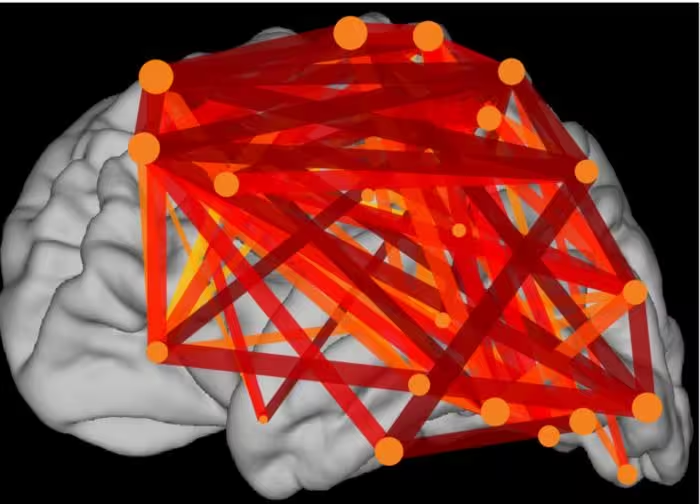
For decades, scientists have focused on how the brain processes information in a hierarchical manner, with different brain areas specialized for different tasks.
However, how these areas communicate and integrate information to form a coherent whole has remained a mystery.
Now, researchers at University of California San Diego School of Medicine have brought us closer to solving it by observing how neurons synchronize across the human brain while reading.
The findings are published in Nature Human Behavior and are also the basis of a thesis by UC San Diego School of Medicine doctoral candidate Jacob Garrett.
“How the activity of the brain relates to the subjective experience of consciousness is one of the fundamental unanswered questions in modern neuroscience,” said study senior author Eric Halgren, Ph.D., professor in the Departments of Neurosciences and Radiology at UC San Diego School of Medicine.
“If you think about what happens when you read text, something in the brain has to turn that series of lines into a word and then associate it with an idea or an object.”
“Our findings support the theory that this is accomplished by many different areas of the brain activating in sync.”
This synchronization of different brain areas, called “co-rippling” is thought to be essential for binding different pieces of information together to form a coherent whole.
In rodents, co-rippling has been observed in the hippocampus, the part of the brain that encodes memories.
In humans, Halgren and his colleagues previously observed that co-rippling also occurs across the entire cerebral cortex.
To examine co-rippling at the mechanistic level, Ilya Verzhbinsky, an M.D./Ph.D. candidate in UC San Diego School of Medicine’s Medical Scientist Training Program completing his research in Halgren’s lab, led a study published in the Proceedings of the National Academy of Sciences that looked at what happens to single neurons firing in different cortical areas during ripples.
The present study looks at the phenomenon with a wider lens, asking how the many billions of neurons in the cortex are able to coordinate this firing to process information.
“There are 16 billion neurons in the cortex – double the number of people on Earth,” said Halgren.
“In the same way a large chorus needs to be organized to sound as a single entity, our brain neurons need to be coordinated to produce a single thought or action.”
“Co-rippling is like neurons singing on pitch and in rhythm, allowing us to integrate information and make sense of the world.”
“Unless they’re co-rippling, these neurons have virtually no effect on the other, but once ripples are present about two thirds of neuron pairs in the cortex become synchronized.”
“We were surprised by how powerful the effect was.”
Co-rippling in the cortex has been difficult to observe in humans due to limitations of noninvasive brain scanning.
To work around this problem, the researchers used an approach called intracranial electroencephalography (EEG) scanning, which measures the electrical activity of the brain from inside the skull.
The team studied a group of 13 patients with drug-resistant epilepsy who were already undergoing EEG monitoring as part of their care.
This provided an opportunity to study the activity of the brain in more depth than typical brain scans using noninvasive approaches.
Participants were shown a series of animal names interspersed with strings of random consonants or nonsense fonts and then asked to press a button to indicate the animal whose name they saw.
The researchers observed three stages of cognition during these tests: an initial hierarchical phase in visual areas of the cortex in which the participant could see the word without conscious understanding of it; a second stage in which this information was “seeded” with co-ripples into other areas of the cortex involved in more complex cognitive functions; and a final phase, again with co-ripples, where the information across the cortex is integrated into conscious knowledge and a behavioral response – pressing the button.
The researchers found that throughout the exercise, co-rippling occurred between the various parts of the brain engaged in these cognitive stages, but the rippling was stronger when the participants were reading real words.
The study’s findings have potential long-term implications for the treatment of neurological and psychiatric disorders, such as schizophrenia, which are characterized by disruptions in these information integration processes.
“It will be easier to find ways to reintegrate the mind in people with these disorders if we can better understand how minds are integrated in typical, healthy cases,” added Halgren.
More broadly, the study’s findings have significant implications for our understanding of the link between brain function and human experience.
“This is a fundamental question of human existence and gets at the heart of the relationship between mind and brain,” said Halgren.
“By understanding how our brain’s neurons work together, we can gain new insights into the nature of consciousness itself.”
Additional co-authors on the study include Erik Kaestner at UC San Diego School of Medicine, Chad Carlson at Medical College of Wisconsin, Werner K. Doyle and Orrin Devinsky at New York University Langone School of Medicine, and Thomas Thesen at Geisel School of Medicine.
The study was funded, in part, by National Institutes of Health (grants MH117155, T32MH020002) and the Office of Naval Research (grant N00014-16-1-2829).
More info
You may also be curious about:
-
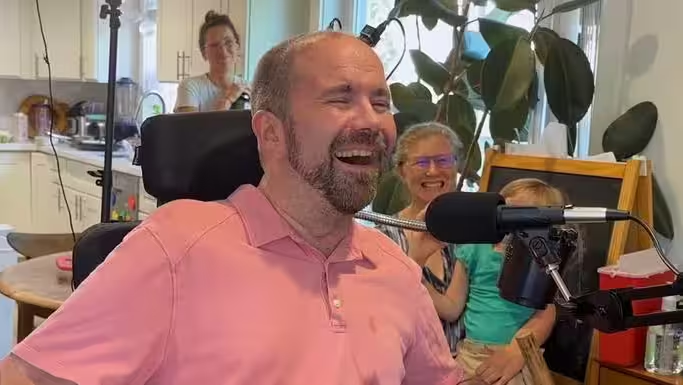
New brain-computer interface allows man with ALS to ‘speak’ again
-

Researchers discover graphene flakes in lunar soil sample
-
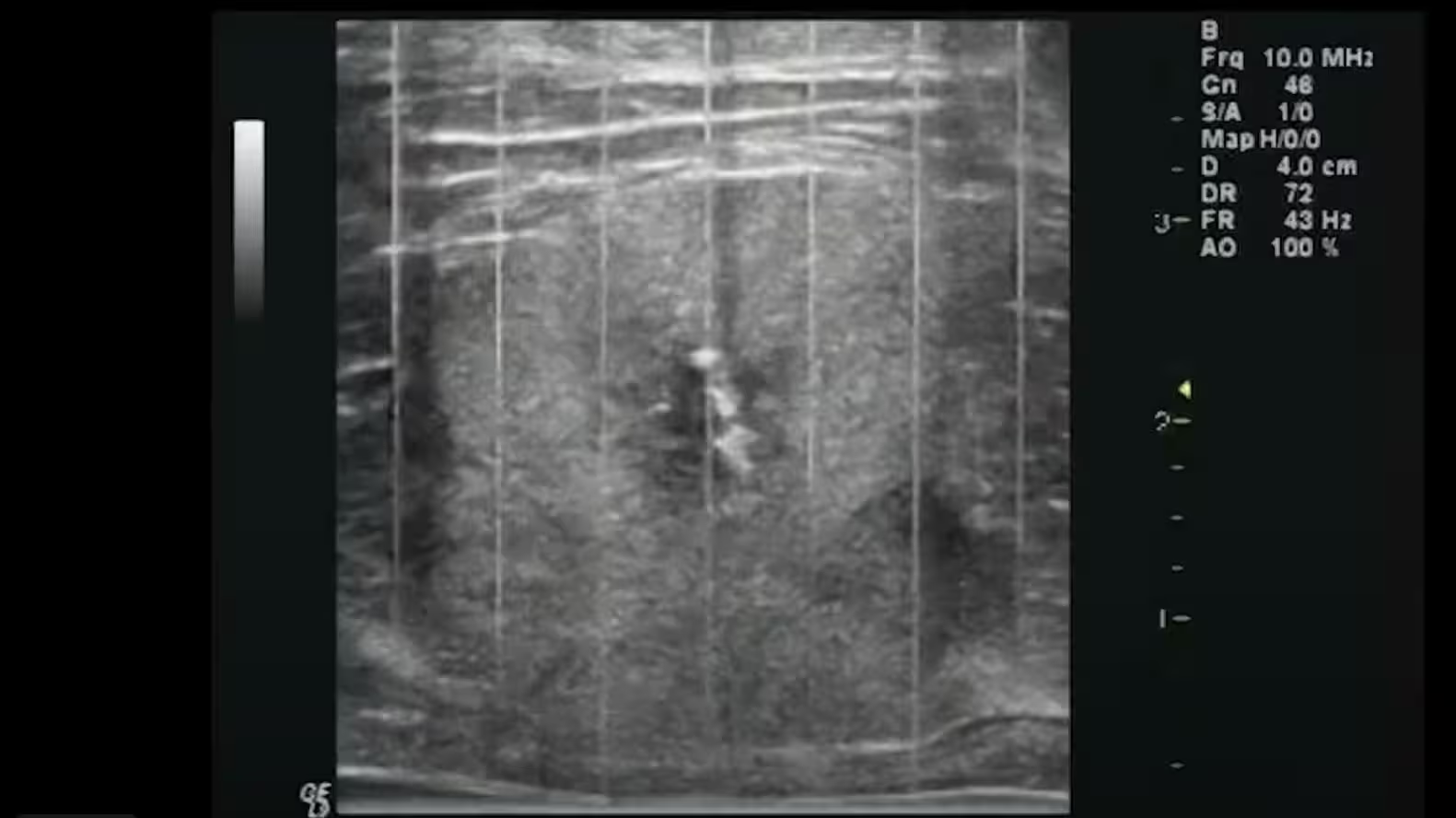
Tumor-destroying soundwaves receive FDA approval for liver treatment in humans
-

Cricket physics: Science behind the modern bowler technique tricking batters
-
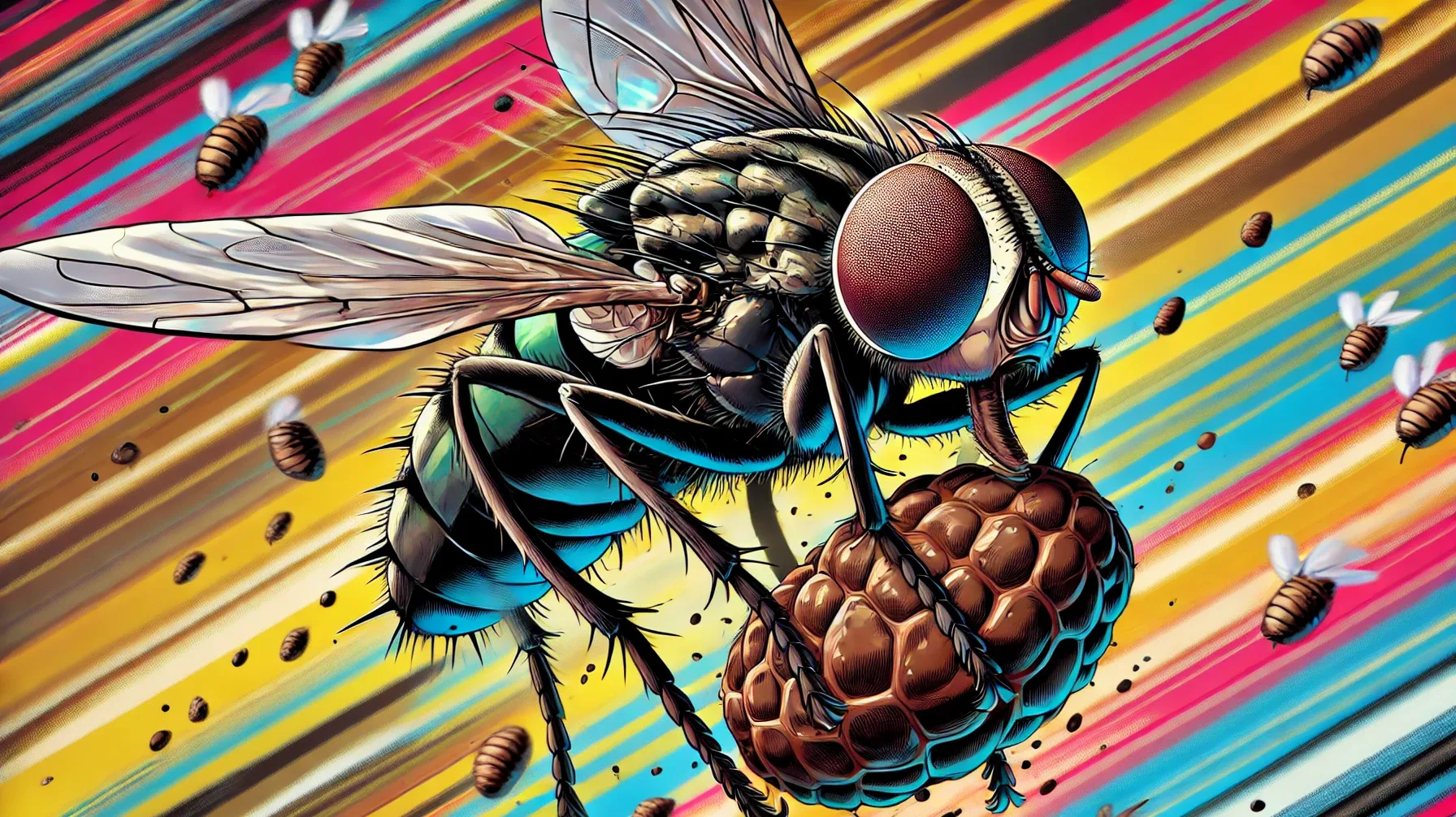
Reduce, reuse, reflycle
-

Polly Pocket’s ‘90s-era compact is now life-sized Airbnb
-

Pedal-by-wire chainless e-cargo bike
-

New reactor yields green ammonia and purified water
-

Super-strength genetically engineered wood for sustainable buildings
-

Backpack with swivel compartment for easy access
-

World’s first face and eye transplant
-
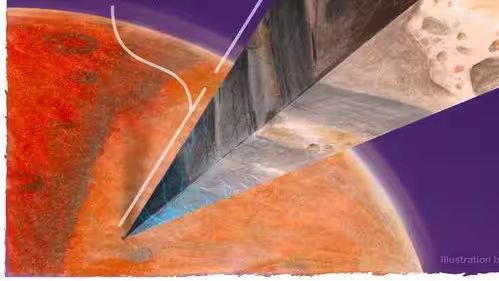
Scientists find oceans of water on Mars. It’s just too deep to tap.
